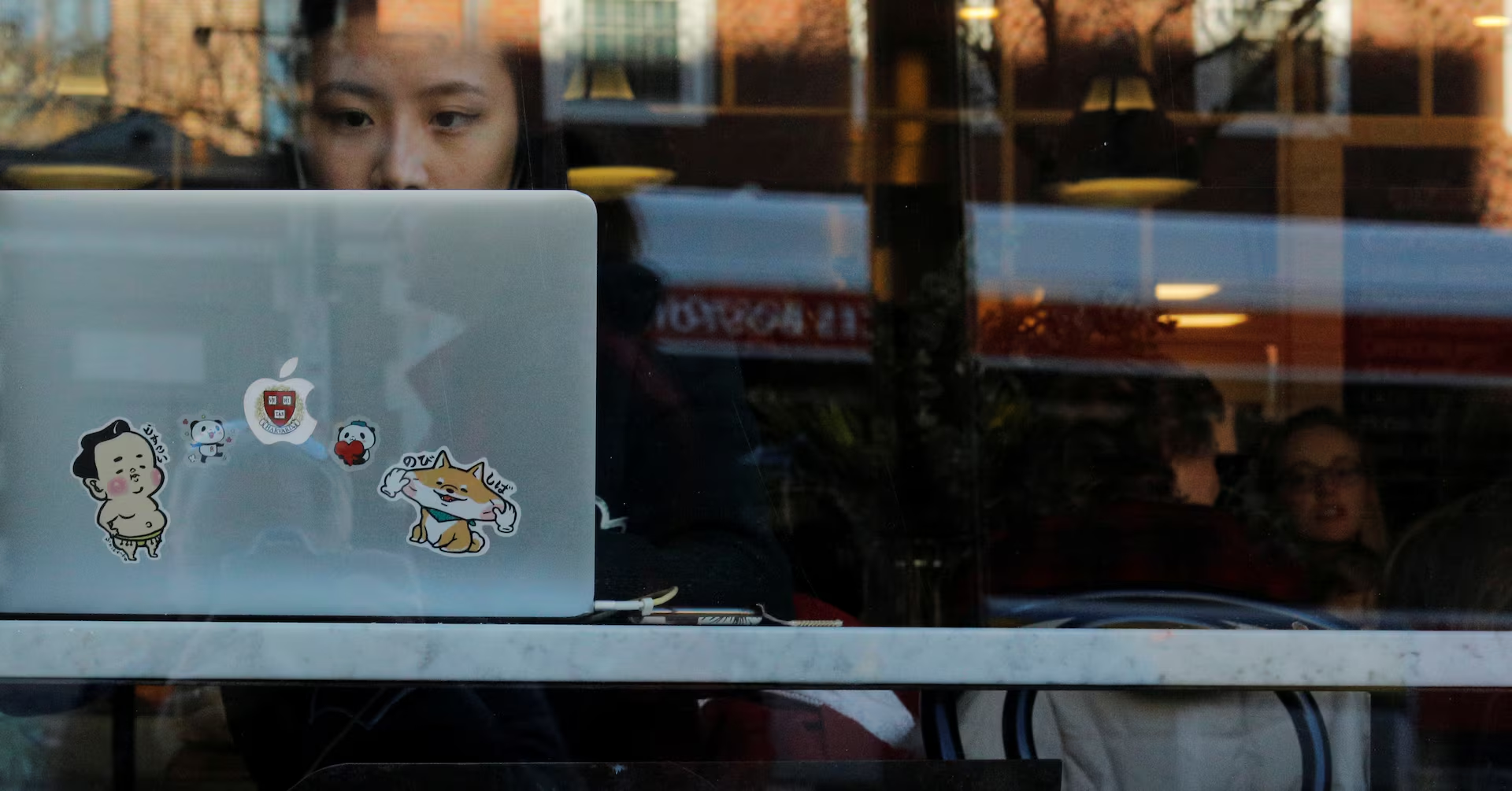Weekly Unemployment Claims in US Unexpectedly Decreases to its Lowest Level in Seven Weeks
The Federal Reserve’s interest rate cuts may not be necessary, as the number of Americans filing new applications for jobless benefits unexpectedly dropped to a seven-week low last week.
This suggests that employers may be retaining workers despite other indications of a cooling labor market.
The Labor Department announced on Thursday that initial claims for state unemployment benefits decreased for the fourth consecutive week in the week ending July 5.
The rate of decline was 5,000, resulting in a seasonally adjusted 227,000 claims.
The most recent week’s claims were anticipated to be 235,000 by economists surveyed by Reuters.
The data considered the July Fourth holiday from the previous week, and claims are notoriously volatile around public holidays.
There were also seasonal factors at play. Non-seasonally adjusted new claims increased by just over 10,000, with increases in auto manufacturing states such as Michigan, Ohio, and Tennessee, where plant retooling shutdowns are frequent during this period per year.
However, those probable temporary layoffs were not as substantial as the Labor Department’s seasonal factors model’s prediction of nearly 15,000 redundancies. This dynamic will continue to influence the data for weeks to come.
Economists regard seasonally adjusted new benefits claims as one of the most timely indicators of the job market’s health. They reached their highest level since October in early June, but they have since declined each week.
“Private-sector businesses have effectively maintained their margins by reducing labor costs through attrition, part-time employment, and shorter hours.” “To alleviate slack, rather than mass layoffs,” stated Thomas Simons, chief U.S. economist at Jefferies, in a note.
“We anticipate that this theme will persist in the future; however, the timeframe for this approach may be ebbing.”
Tracking the metric over a recent period, a line chart titled “US unemployment claims” is presented.
The trend observed in the claims data is consistent with the perspective of economists and U.S. central bankers, who generally perceive the labor market as robust, albeit slightly weakened.
The monthly employment report from last week was indicative of this divided assessment.
In June, the unemployment rate decreased to 4.1%, primarily due to the workforce’s contraction, which coincided with a two-and-a-half-year low in the participation rate.
Additionally, the creation of 147,000 new jobs was higher than anticipated; however, these positions were extremely concentrated in a small number of sectors.
Fed Chair Jerome Powell has observed that the unemployment rate could be promptly elevated by any increase in redundancies in the current low-hiring and low-firing environment.
Despite the fact that nearly 100 U.S. companies, including Microsoft and Intel, have announced reductions this month, this has not yet occurred.
According to economists, the uncertain tariff policy of President Donald Trump is complicating the planning process for businesses.
This week, Trump has sent over 20 trading partners letters informing them that the tariff rates on their goods will increase significantly from the current 10% baseline.
Additionally, he has announced a 50% levy on copper imports and has stated that additional duties will be announced shortly for pharmaceuticals and semiconductors.
Hiring has been more sluggish in recent months due to the widespread uncertainty surrounding economic policy, which has made it more difficult for individuals who are unemployed to secure employment.
The 12-month average of employment creation is approximately 150,000, which is approximately 35,000 lower than the average in the years immediately preceding the health crisis and the lowest of the post-pandemic period.
The median duration of unemployment increased from 9.5 weeks in May to 10.1 weeks in June, as indicated by the jobs report released last week. This indicates that individuals who lose their jobs are taking longer to secure new work.
The latest claims report indicated that the number of individuals receiving unemployment benefits after an initial week of aid, which is a proxy for hiring, increased by 10,000 to a seasonally adjusted 1.965 million during the week ending June 28, the highest level since November 2021. This trend was further supported by that figure.
“The claims data are revealing a well-known narrative about the labor market, which is that it remains characterized by a low rate of hiring and a low pace of layoffs, which is making it challenging for the unemployed to secure new employment,” stated Nancy Vanden Houten, the lead U.S. economist at Oxford Economics. “This is despite some seasonal noise.”
“We anticipate a slight increase in layoffs as the economy slows and the full impact of tariffs is realized; however, the unemployment rate is expected to rise only slightly.”
Last month, the Federal Reserve maintained its policy rate in the 4.25%-4.50% range, where it has remained since December. Central bankers are currently awaiting the impact of tariffs on inflation before deciding whether to reduce rates.
The rate futures markets are expected to resume reductions in September, with contract pricing indicating that two quarter-percentage-point reductions are likely by the end of the year.
news via inbox
Get the latest updates delivered straight to your inbox. Subscribe now!




